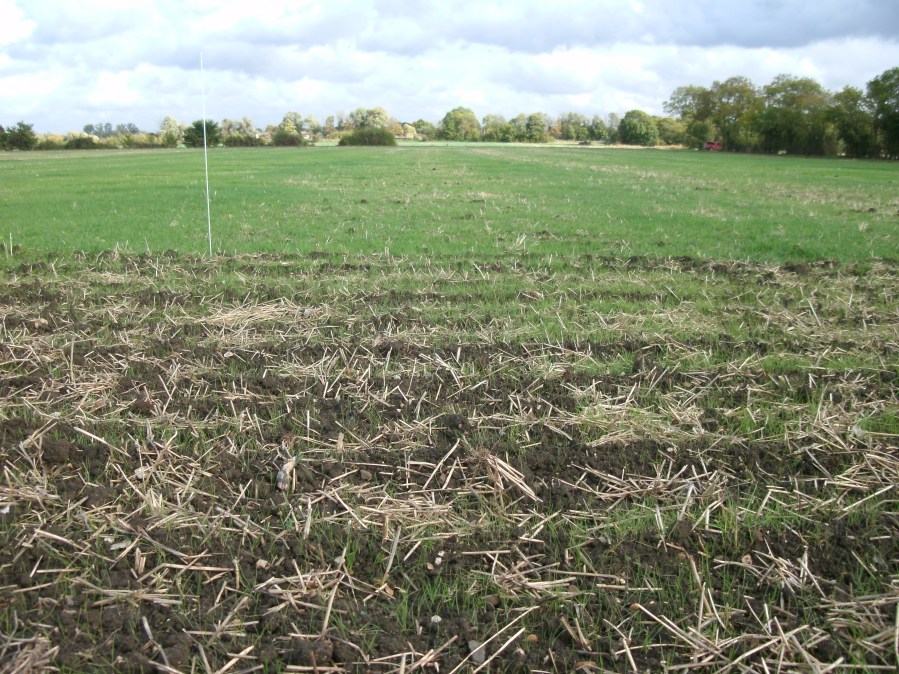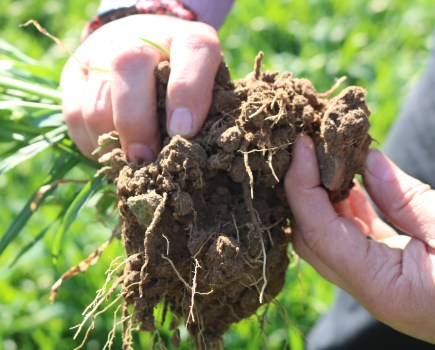Recent wet weather could induce early blackgrass germination, however, growers should be prepared for a later flush, according to the latest advice from Hutchinsons. Charlotte Cunningham reports.
Blackgrass has two main flushes, usually in the third week of Sept and the second week of Oct. So the aim is to drill after the weed has germinated and been sprayed off.
According to Dick Neale, Hutchinsons, blackgrass seeds have had a proper soaking in the past few weeks and this will induce those nearer the surface into earlier germination. However, he warns that there will still be plenty of later germinating seeds deeper in the soil, so growers are potentially looking at a second October flush as well.
“Dormancy is reported as high for this season but in reality, it’s likely to be a mixed bag. Fields that have come out of oilseed rape and winter wheat will experience an extended dormancy, and those that have been spring cropped will see shorter dormancy,” he explains.
“Fields experiencing high dormancy could see a 14-day delay to germination. This is a key issue for winter wheat being drilled post oilseed rape and it’s important to use the time between harvest and drilling for blackgrass management.
“The danger is that ex-winter oilseed rape fields are drilled once the first flush is through – my advice is that actually these fields should be drilled last not first – because they always have the highest level of dormancy.”
Soil movement
It’s critical to move soils in the correct way, so that this season’s seed return isn’t mixed deep into the soil profile and last year’s seed is not returned to the surface, he adds.
“Seed return should be regarded as a management focus for black grass and weed control in general.”
Dick advises that cultivations should be varied to match needs; if you ploughed down last year, leave it there by using shallow tillage to 5cm this season. “Working the soil to 5cm later in September will stimulate the later flush and also means that the seedbed is still in good condition for a later drilling date.
“Remember its the soil surface that is the most weathered and biologically active, so working it too early risks over weathering and being wetter for late October drilling.”
Stimulating the October flush with a light ‘drill like’ cultivation at least two weeks ahead of the planned drilling date so that the drill is not the main stimuli could also be beneficial, he adds.
“Drilling must move minimal soil. Variable rate seeding is also a key tool in both suppressing blackgrass and increasing average yields.”
Chemical control
When planning the herbicide programme, it’s important to be realistic of what it can achieve in terms of being both safe to the crop and economical explains Dick.
“Adding more and more chemicals to a pre-em stack can soon become counter-productive as crop vigour is impacted and blackgrass control is actually reduced. There is an increasing need to sequence applications later into the season to pick the later germinating element of the seed bank”.
Mr Neale advises that the minimum glyphosate dose should be 540g/ha for 2-3 leaved blackgrass, 720g/ha for anything bigger and over 1000g/ha for plants that have tillered.
Spray conditions are also an importance factor to take into consideration, he adds. “Early morning is a far more effective period for application to ensure optimum uptake of product during the day.”
“Getting a load done after tea in readiness for the following days sowing can be ineffective as light fades and plants shut down.”




